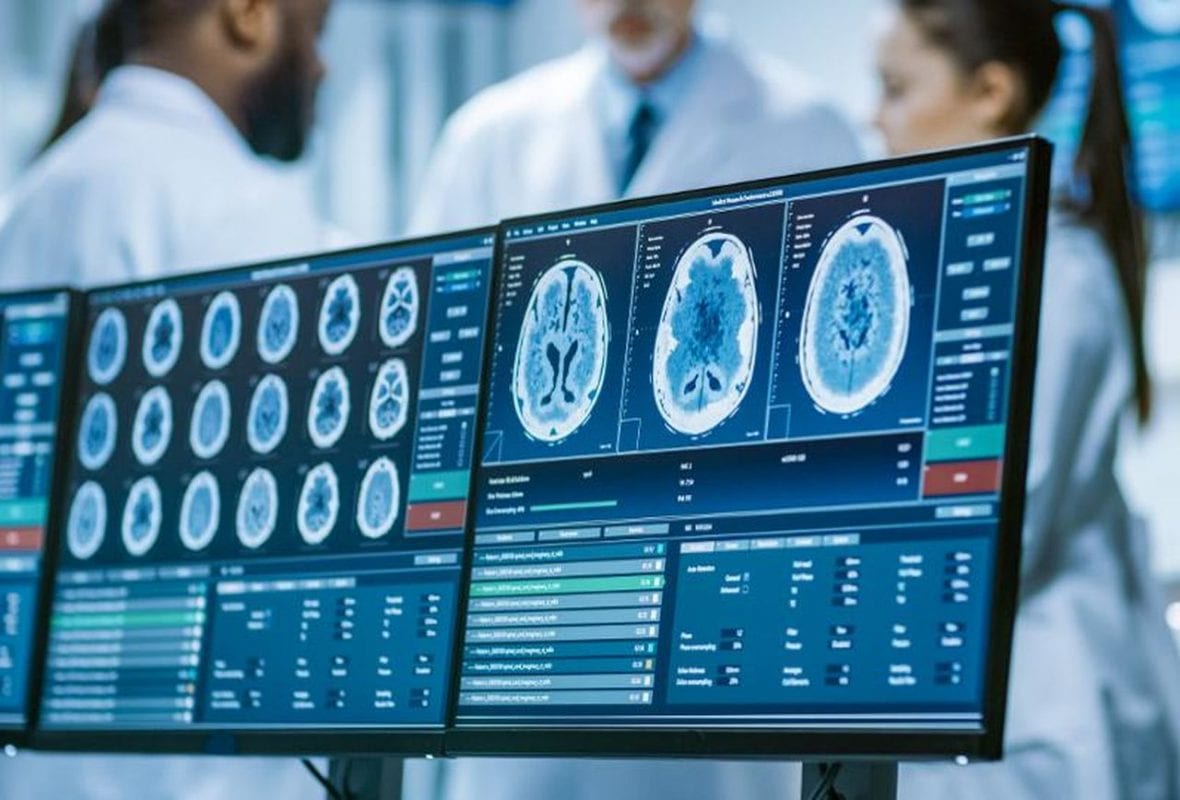Looking back to the medical situation 100, 50, even ten years ago, it’s clear how fortunate we are to have so much amazing technology on our side nowadays. While not everyone is favourable of certain aspects of the new technology-obsessed society, there’s no denying its incredible transformation of the health sector.
In recent years, we’ve seen a whole host of medical advancements introduced in hospitals across the world. The majority of them simply wouldn’t be possible without technology, and it’s thanks to these advancements that we’re able to live longer and more comfortable lives.
Here are some of the top 5 medical advancements that help us to live longer:
3D printing human tissue
3D printing is a technology that many people find it hard to get their head around – and it’s true that creating a solid three-dimensional object out of a simple digital file is one of the most bizarre but ingenious technologies that exist today. While not so new in the medical sphere, 3D printers are now being used to print living tissue which may soon be given the get-go for implantation into patients.
VR in surgery
There’s always a risk of complications in surgery, no matter how skilled and experienced your surgeon is. The risk only increases with age and the complexity of the surgery. However, VR in medicine is now being tested for use in surgical situations to provide 3D renderings of patients to prepare and “train” surgeons for a procedure in advance. This allows for more confidence and certainty during the actual surgery.
Portable sensors
Sensors are still a fairly recent addition to medical technology in the grand scheme of things, but there’s always room for further advancement, and that’s where portable sensors come in. Instead of requiring a patient to be wired up to a sensor in a hospital bed, portable sensors may soon be able to monitor people with chronic diseases like heart disease or stroke remotely, allowing them to go by their day-to-day business while returning important medical information to their doctor. Learn more about the hospital sensors currently available at sensoronics.com.
New cancer treatments
Our battle against cancer is far from over, but every year, new technologies are created that help us to take one step closer towards ending the disease for good. Some of the most promising treatments include forms of immunotherapy and vaccines that have shown promise in guiding the body to kill its own cancer cells without the need for other more invasive treatments.
Drone ambulances
In a medical emergency, every minute counts. Ambulances are currently expected to arrive at a critical scene between seven and fifteen minutes, which, in some areas of the country, simply isn’t possible. But a new concept is being developed that could see response times improve drastically: the drone ambulance. Air Ambulance 1 would contain the relevant tools for a first responder’s arrival, while a dispatcher could communicate with bystanders on how to help the patient while awaiting medical support.









